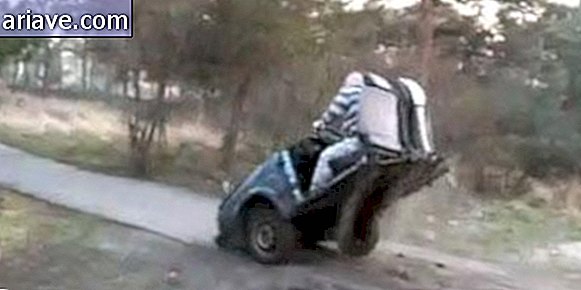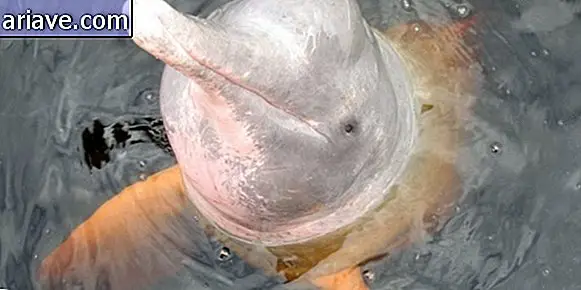Spy satellites help archaeologists identify ruins on the Silk Road
You might remember the history classes at Silk Road High School, right? It consisted of a network of interconnected roads that spanned South Asia and were used for the transportation of merchandises - including spices, tea, perfumes, gems, fabrics and, of course, silk - between the East and Europe.
These routes probably arose around the 8th century BC and, although their use began to decline in the 15th century, with the discovery of the sea route between China and India, the routes continued to be used until the early part of the century. 18

For during those centuries all of caravan trade and circulation between east and west, countless posts, fortifications, and cities were being founded along the way - and now, with the help of surveys by spy satellites and other technologies, the ruins of these places are being rediscovered by archaeologists. Cool huh?
Forgotten paths
According to Andrew Lawler of the Science website, archaeologists estimate that there are tens of thousands of sites scattered across the Silk Road, since at the height of their use there were places that could house caravans made up of hundreds of people and animals. every 20 kilometers or so, which was the approximate distance these groups used to travel in one day.

The routes, as we mentioned at the beginning of the story, consisted of an extensive road network, and ran from Japan and Korea to the Mediterranean Sea. According to Andrew, the "midway" was in central Asia, in a region that now corresponds to the territory of Afghanistan - which, you will agree, is not the safest place in the world for archaeologists to set up camp.
However, trade across the Silk Road has made the region flourish economically and, according to historical records, several empires have sprung up there, so it is certain that there are many cool things to be found. This is where the surveys conducted by spy (and commercial as well) satellites, drones and other equipment come in. Because it was unsafe to travel to Afghanistan, archaeologists began scouring decades of surveys and identifying abandoned ruins.

Among the structures identified so far are underground canal networks that were probably used for crop irrigation, as well as huge caravans - which were the home of caravans - and religious temples. Image analysis must proceed and the scientists' goal is to discover as many sites as possible so that they can be cataloged, properly studied and protected.











